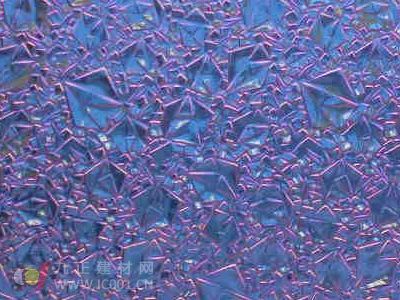Glass is now a common material found in many aspects of daily life. With the continuous advancement of glass manufacturing technology, new types of glass such as colored and stained glass have emerged. The glass industry is booming, and technological innovations are constantly evolving. But have you ever wondered how glass was made in the past?
The production of glass requires a variety of raw materials, including glass-forming components, modifiers, and intermediates, along with some auxiliary materials. These main ingredients must also contain oxidizing substances other than oxides, intermediates, and network formers. Auxiliary materials may include oxidizers, colorants, and reducing agents, which help in shaping the final product.

The process of making glass involves several key steps. First, the raw materials are crushed and dried before being processed further. Then, the auxiliary materials are heated to ensure a uniform mixture. After that, the mixture is melted into a liquid state and shaped into the desired form. Finally, a heat treatment is applied to eliminate internal stresses and prevent crystallization.
Today, we can see a wide range of glass products, from colorful stained glass to intricate mosaics. The technology behind glass has advanced significantly, allowing for more creative and functional applications.
Stained glass is created through light absorption caused by metal ions dissolved in the glass or through electronic transitions of rare earth elements. Adding pigments to the glass solution or baking them onto the surface results in vibrant colored glass.
Stained glass has a long history, with origins possibly traced back to the Near East. It became an art form in the 10th century. The oldest known example dates back to the early 12th century: a window in the cathedral of Augsburg, Germany, depicting a map of a prophet.
Initially, stained glass windows featured simple portraits with bright colors. As windows grew larger in the 12th century, narrative scenes were introduced. By the late 14th century, Jean Cassin developed silver staining techniques, expanding the color palette of stained glass.
During the Renaissance, stained glass declined in popularity, as realistic, perspective-based designs and enamel painting took over. However, in the 20th century, architects began using glass curtain walls, bringing stained glass back into modern design. Today, it continues to inspire artists and designers around the world.